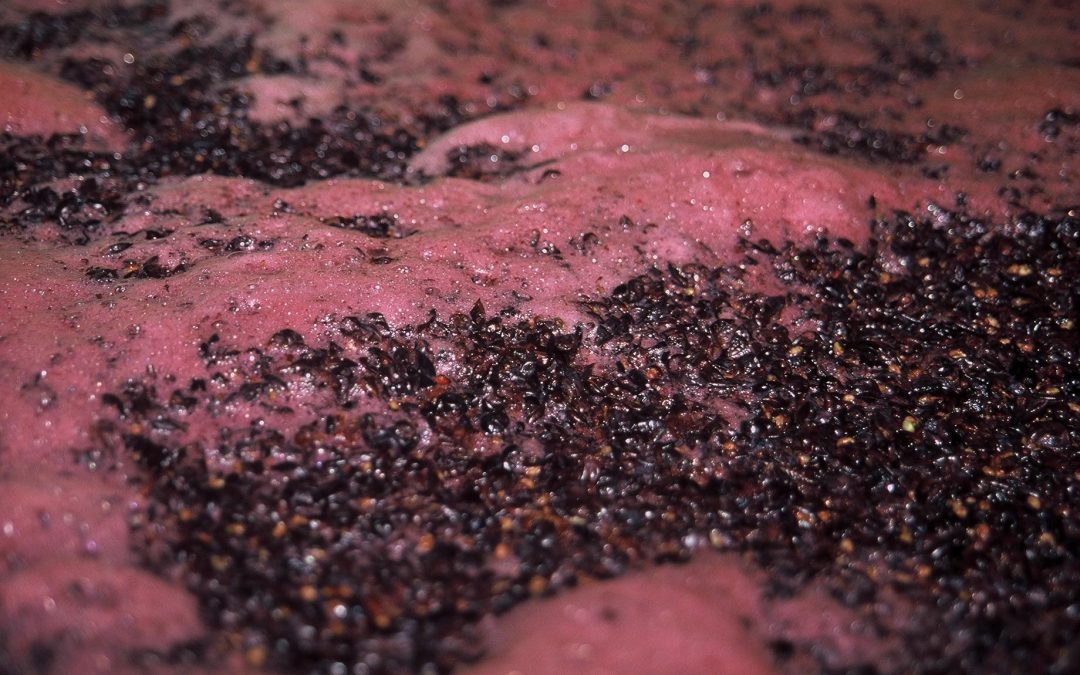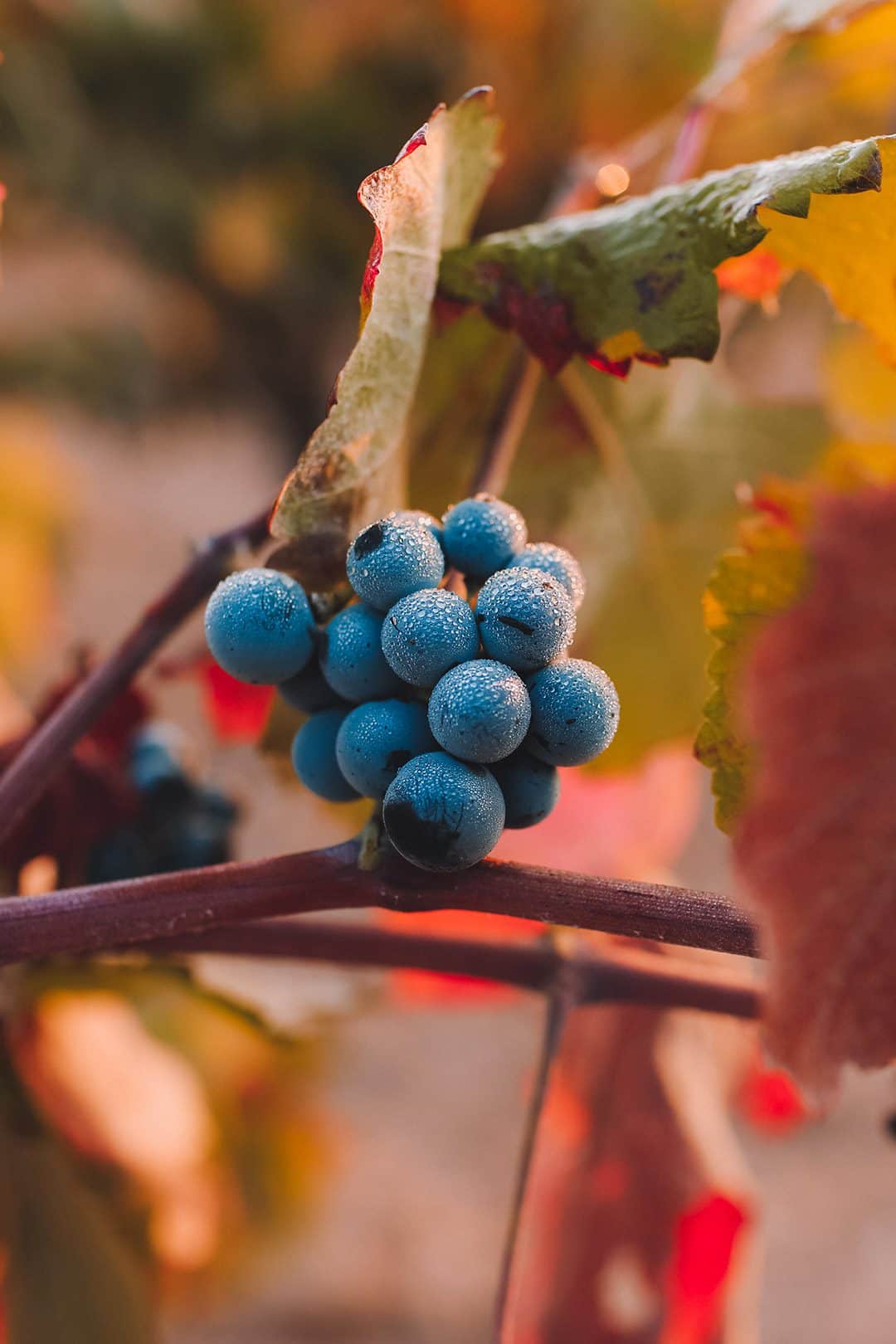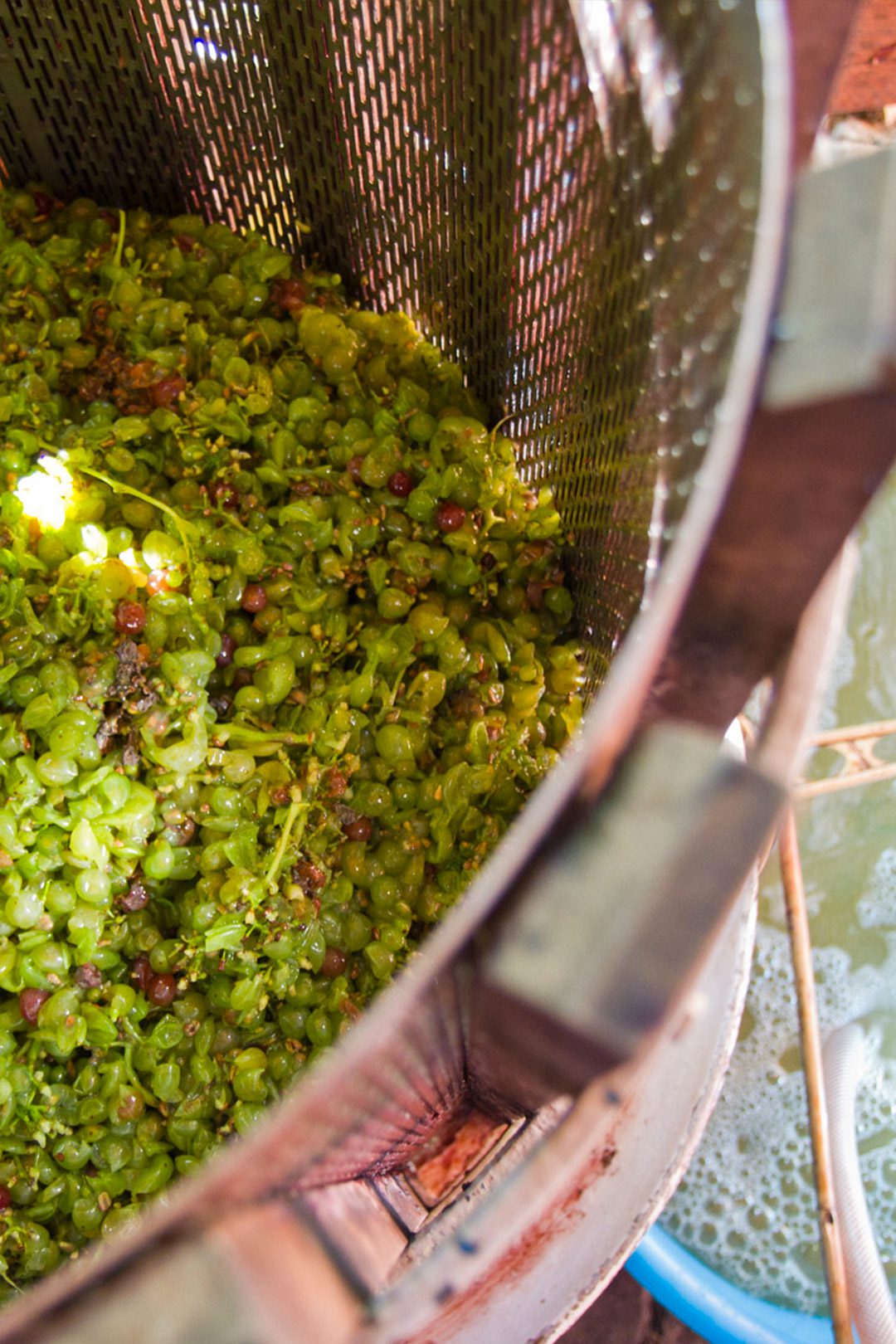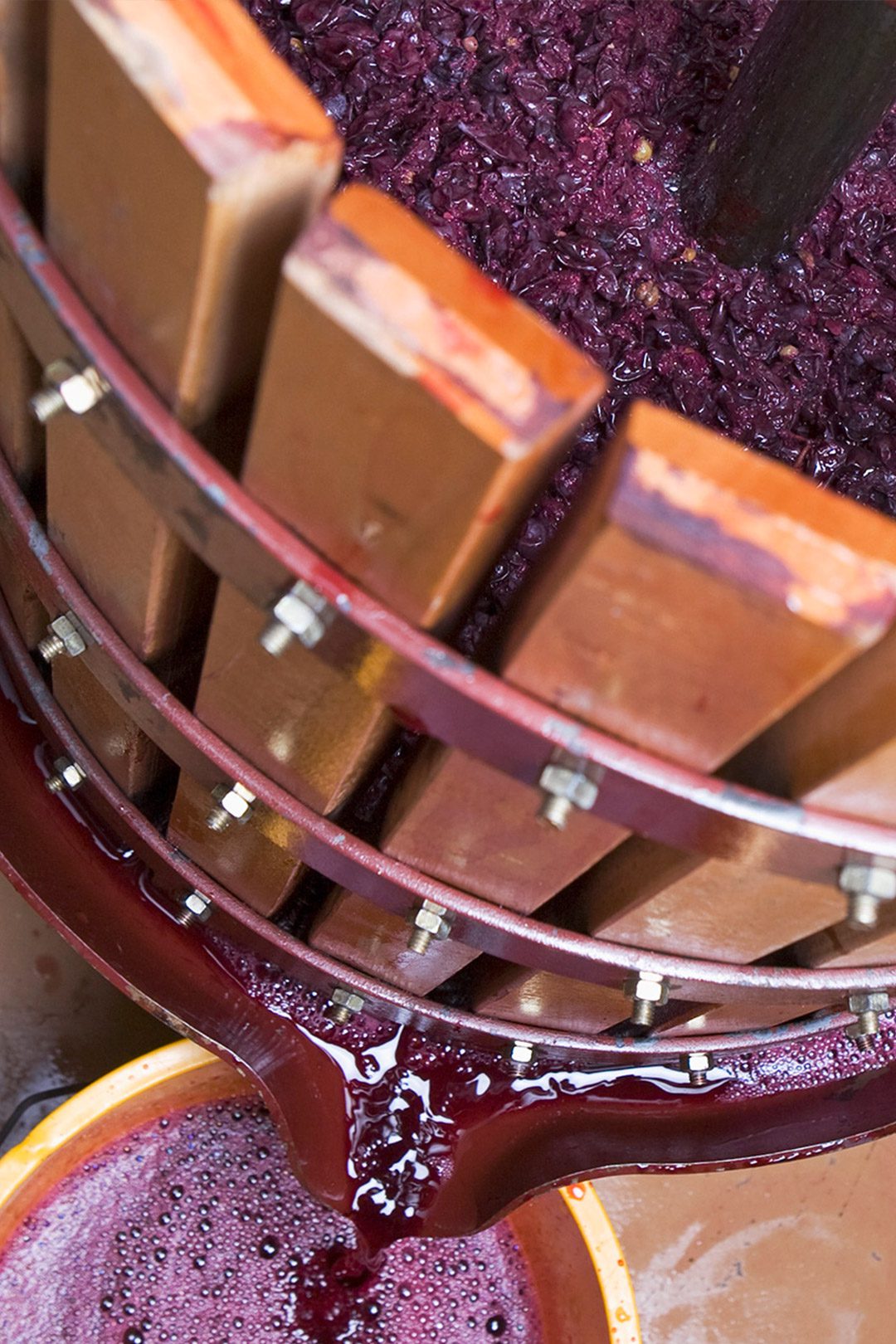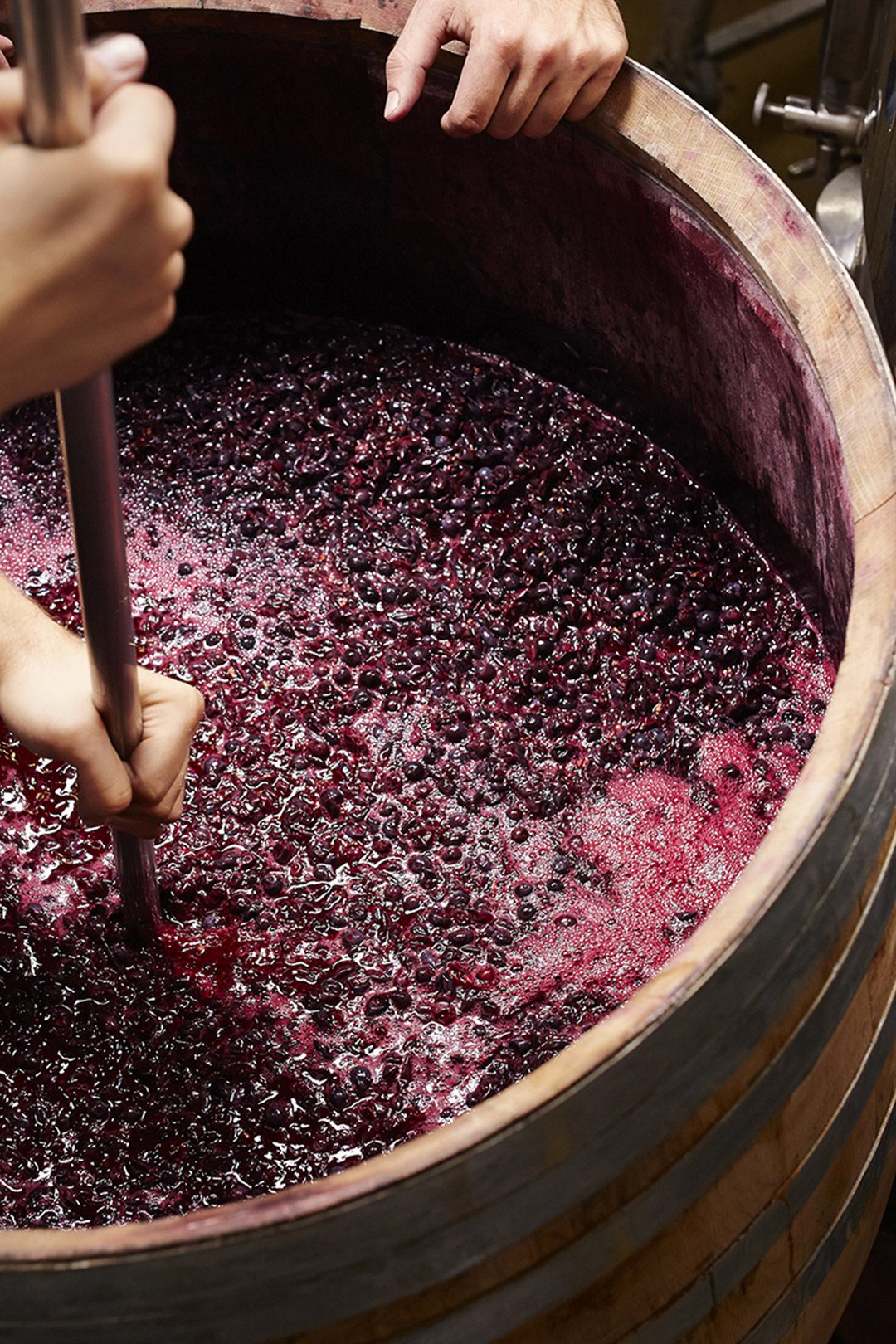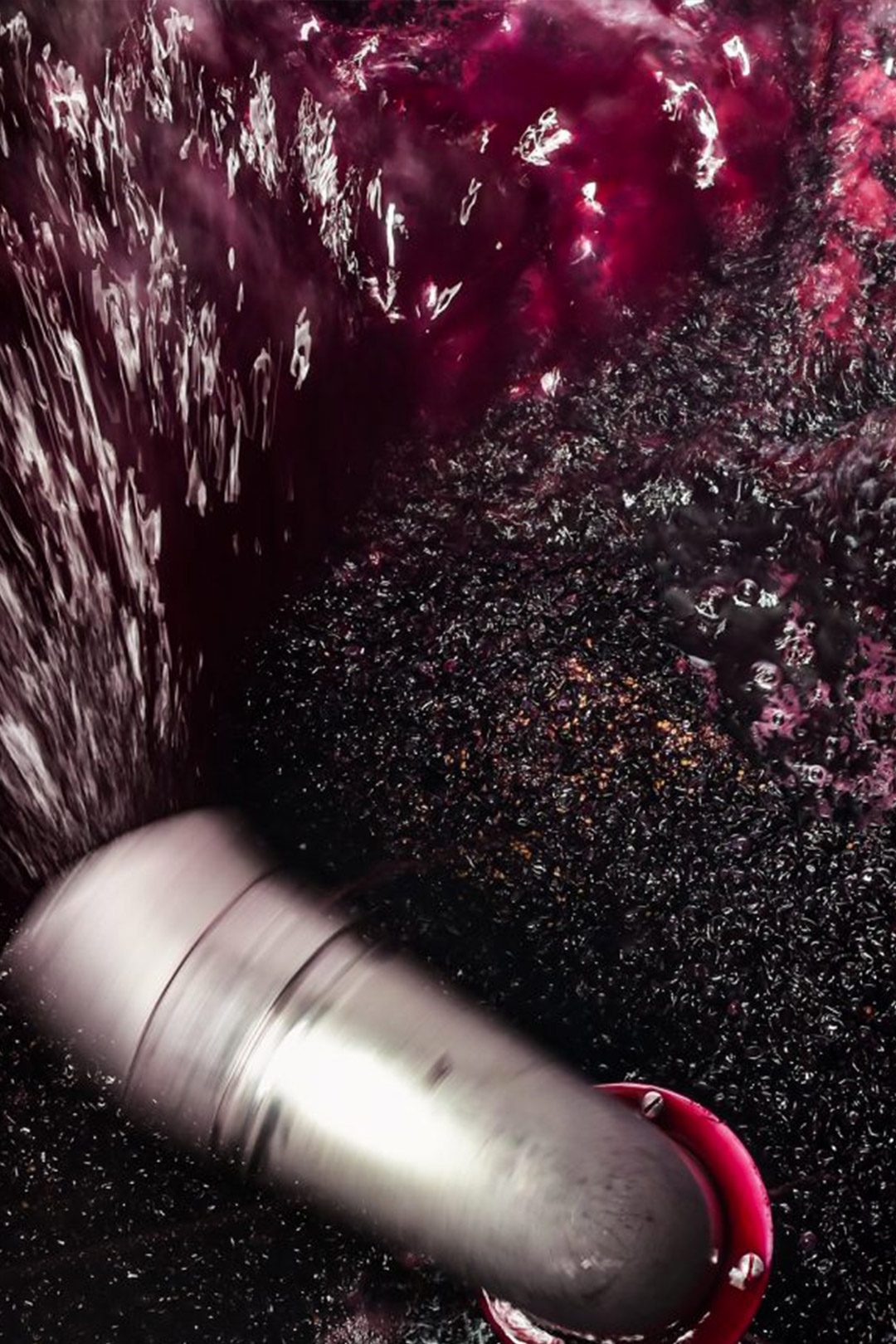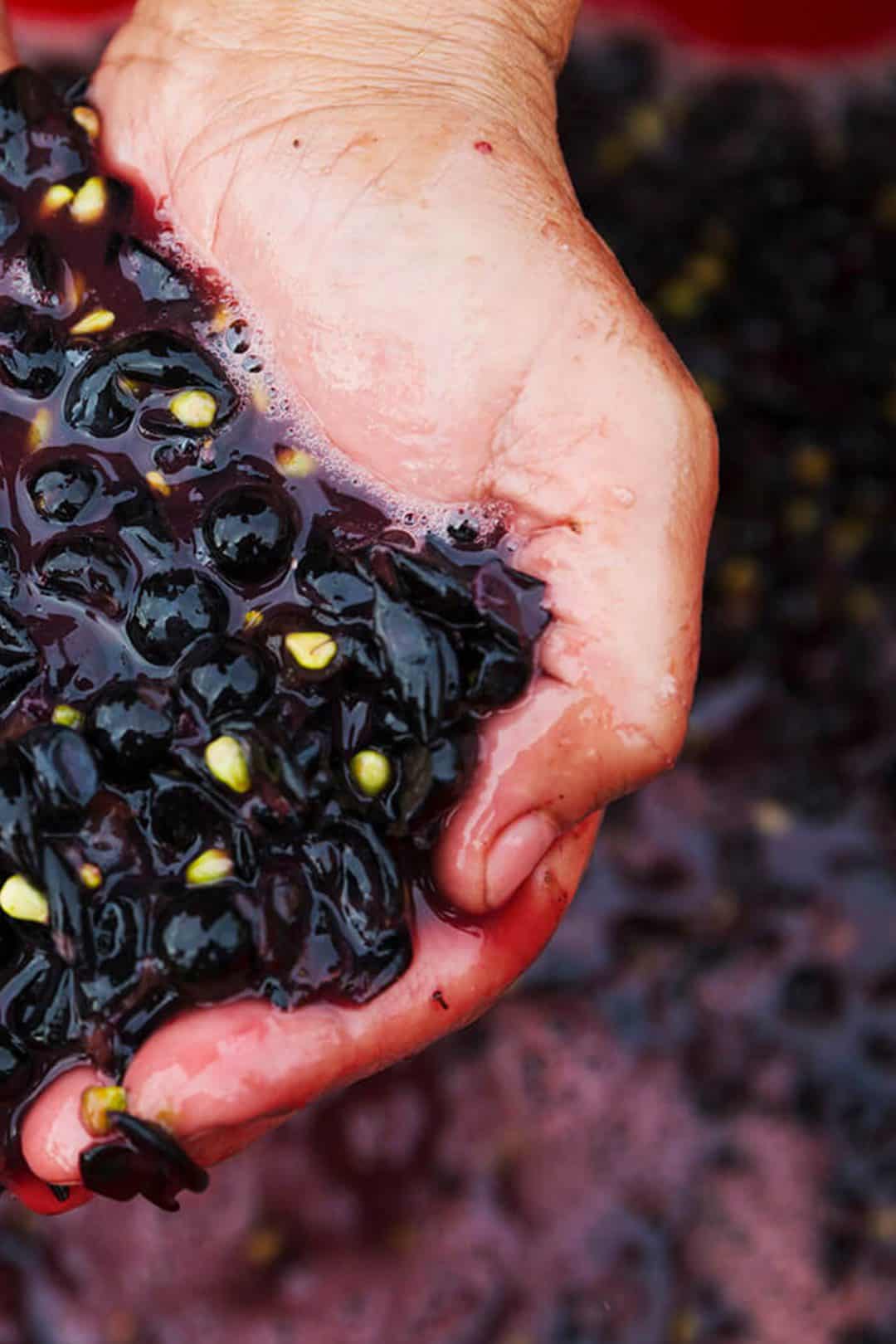For the wine microbiology examination with the Professor Patrizia Romano I have written a paper on starter cultures for winemaking that I would like to share with you. I started from the must, what makes it up and its treatment, and analysed the characters of wine yeasts to come to an interesting conclusion. I wine yeasts, better called wine yeasts, are responsible for fermentation, a very complex process that depends on both the chemical composition of the must and the simultaneous intervention of different microorganisms both chemically and biologically. Consequently, the course of this process and its outcome depends on:
- Must composition;
- Enzymatic kit of yeasts;
- Environmental context in which yeasts work.
It follows that fermentation can be spontaneous, i.e. take place with the yeasts present on the grapes or in the winemaking environment, or take place with selected yeasts.
Wine yeasts/1: Fermentation with indigenous yeasts
The concentration of yeasts on the grape skins increases with ripening. At an early stage of ripening on the berries there are yeasts from the soil, bark and leaves that almost always do not contribute to fermentation. At an advanced stage of ripening, there are Hanseniaspora and Metschnikowia yeasts (between 50% and 75% of the total) and other minor strains, but Saccharomyces cerevisiae, the main fermentation agents, are present in very low concentrations (sometimes even absent).
So the non-Saccharomyces yeasts with their large populations in the first phase of fermentation influence both the growth kinetics and metabolism of the Saccharomyces yeasts, then in a second phase of fermentation the environmental conditions become unsuitable (due to the presence of alcohol) and then the Saccharomyces take over due to their higher alcohol power.
From this we can see how the fermentation process, from an ecological point of view, involves the sequential development of certain yeast species - but also of different strains within the same species - which are gradually replaced as conditions change (i.e. the alcohol content increases). This evolution of yeasts continues until optimal conditions are created for the development of Saccharomyces cerevisiae at the end of the process.
Saccharomyces cerevisiae have a fermentative power - i.e. the maximum amount of alcohol the strain can form - of more than 14 %vol.
Subscribe to my newsletter or scroll down the page to continue reading the article! 😉
Wine yeasts/2: Alcoholic fermentation
2.1 Alcoholic fermentation in white wine-making
Fermentation without maceration is carried out at a temperature of around 18-20 °C to ensure the finest aromas and flavours of white wine, which is by nature more prone to oxidation. Double-walled fermenters with a flowing refrigerant solution ensure that the yeasts slowly transform the sugars.
In order to obtain white wines with more personality and destined for evolution, white vinification may involve rapid pellicular maceration of the juice in contact with the skins to extract pigments and odorous substances. To avoid any damage to the quality of the must, it is cooled to around 8-10 °C. Cryomaceration can be performed by cooling down to 0-2 °C. Cold maceration of the whole berries improves the extraction of substances during subsequent pressing, which intensifies the aromas.
2.2 Alcoholic fermentation in red wine making
By managing the maceration time, one can intervene differently on the extraction, safeguarding the elegance of the final product. In the first few days of contact, mainly anthocyanins are extracted, which give very intense colours with pronounced shades of ruby red, violet or dark blue within a few days. In the following days, part of the pigments are reabsorbed by the skins and the colour weakens a little to the advantage of a better extraction of total polyphenols (influenced by: time of contact of the must with the skins, temperature, pumping over, punching down, presence of sulphur dioxide and enzymes) and therefore a better structure and taste of the wine. The fermentation of some red wines may end in barriques, where the wine being made is enriched with the aromatic components of the wood. Many red wines are produced with a maceration of 10-15 days, for lighter wines to be consumed young it is reduced to 4-5 days, while only a few musts are left to macerate for up to 4 weeks (Langhe, Barolo). The high fermentation temperature is another factor that increases the dissolution of substances in the skins but does not always maintain the quality of the wine. The compromise is reached around 25 °C for wines to be drunk young in which it is important to preserve the fruity aromas, 30 °C for wines to be aged in order not to damage the yeasts and not to alter the organoleptic characteristics of the wine. During fermentation, the marc forms a compact layer on the surface called the cap, which prevents good contact with the liquid part. To remedy this inconvenience and favour extraction, the must is stirred with the fulling or pumping over. At the middle or end of maceration, all the liquid part of the must is removed from the tank, leaving only the solid part inside. Then the liquid is reinserted from above or below and completely breaks the cap formed by the skins. This achieves the twofold objective of oxygenating the must very well and stirring up any substances that may have stratified, thereby aiding the fermentation and extraction processes. As the must continues to ferment, the yeasts transform the sugars into ethyl alcohol and carbon dioxide, form secondary substances, the colour becomes more intense and many components are extracted and pass from the skins to the liquid part. Since the carbon dioxide causes the must to bubble, this step is called tumultuous fermentation.
Wine yeasts/3: Technological characteristics of wine yeasts
They are those commonly assessed in musts and consequently in wines and are the basis for the choice of starter cultures for vinification.
3.1 Fermentation activity
Fermentation activity is the prerequisite for a good fermentation and consequently a quality wine. In practice, it is the ability of the wine yeast to prevail quickly and finish fermentation.
3.2 Production of sulphur compounds
Sulphur dioxide (SO2) and hydrogen sulphide (H2S) result directly from the reduction of sulphates in the must by the action of yeasts.
3.3 Resistance to antimicrobial compounds
- Natural products of yeast metabolic activity: Ethanol limits or stops alcoholic fermentation as it acts directly on yeasts and inhibits glucose transport. Yeasts that are more tolerant to alcohol protect themselves by decreasing saturated fatty acids and increasing unsaturated fatty acids and trehalose (a natural sugar that regulates osmotic pressure and stabilises proteins). Low temperatures (10-20 °C) inhibit the action of ethanol by favouring non-Saccharomyces yeasts, which can even become dominant with a change in wine flavour. As ethanol tolerance is closely linked to the ability of a strain to dominate during fermentation, alcohol resistance must be carefully evaluated for all the yeasts that are selected.
- Chemical additives: The yeasts must maintain fermentation vigour in the presence of the normally added sulphur dioxide. SO2 is used as an antimicrobial agent to control the yeasts present on the grapes as it exerts a selective action on the indigenous species. The 30% strains of Saccharomyces cerevisiae resist SO2 and ferment up to a SO2 concentration of 150 ppm (to stop at 200 ppm).
In particular:
- The copper which is used as a pesticide is residual in the must and, depending on the amount present, can have a selective or toxic action on the yeasts, to the point of blocking fermentation and adversely affecting organoleptic qualities. Some yeasts resist copper well and accumulate it in the cell, removing it from the wine. To make organic wine, the variability of the S. cerevisiae species can be used for the selection of starter cultures.
- Yeasts react differently to fitopharmaceuticals and wilder strains are naturally more resistant, to the extent that in their presence they may prevail over starter crops.
- In the case of prolonged and systemic use of fungicides there are episodes of resistance that have cancelled its efficacy. These no longer have effinhibitory effects on alcoholic fermentation; on the contrary, they stimulate the yeast to such an extent that it produces more alcohol.
3.4 The killer factor
Killer yeasts produce protein or glycoprotein toxins that are lethal to sensitive yeasts. Likewise, killer yeasts are immune to their toxin, but can be sensitive to the toxin emitted by other killer yeasts. There are also non-killer yeast strains that no longer produce the toxin but are immune to it. This activity can be likened to a competitive advantage. Wild killer yeasts can sometimes prevail over starter cultures in wine processesfiindustrial fermentation. During fermentation the effect of killer toxins depends on the initial ratio of killer strains to sensitive strains, the possible presence of protective or neutral acting yeasts, the level of inoculation and the availability of nitrogen. Killer yeasts delay or block fermentation, damaging the organoleptic qualities of the wine due to the metabolites (acetic acid...) that are obtained.
Wine yeasts/4: Qualitative characteristics of wine yeasts
These are the numerous activities that transform and/or break down the components in the must. Their identification makes it possible to choose the most suitable yeast strain for fermentation of that specifimust according to the type of wine to be made. The yeast therefore has a huge influence on the result final as it determines most of the positive or negative olfactory and taste qualities.
4.1 Acetic acid (Volatile acidity)
-
It is produced by the yeast during fermentation and is therefore always present in the wine in a quantity of between 0.3 and 0.6 g/l. An amount above 0.6 g/l is negative for the olfactory characteristics.
-
Apiculate yeasts produce a lot of acetic acid and can be contaminants, but there is a lot of variability between strain and strain. For example, Hanseniaspora species produce between 0.5 and 5 g/l acetic acid for pure fermentations.
-
S. cerevisiae has a low acetic acid production of between 150 and 2000 mg/l and the variability also depends on the place of origin.
-
Torulaspora delbrueckii is the species with the lowest acetic acid production.
4.2 Glycerol
-
It is one of the most important secondary compounds produced during alcoholic fermentation.
-
It contributes significantlyfiviscosity and smoothness of the wine with an effpositive effect on the olfactory and taste-olfactory characteristics offinendo the flavour of wine.
-
The glycerol concentration, ranging from 1 to 12 g/l, is directly proportional to the quality of the wine.
-
La concentration of glycerol depends by: must composition, initial sugar content, fermentation temperature, pH, oxygen, solfitation, acidity and mainly from the yeasts that participated in the alcoholic fermentation. In particular, S. cerevisiae, S'codes ludwigii and Z. bailii produce high levels of glycerol.
-
The concentration of glycerol is directly proportional to fermentation power: as ethanol production increases, glycerol production increases.
4.3 Aromatic compounds
-
The most important secondary compounds produced during alcoholic fermentation are the higher alcohols (n-propanol, isobutanol, active amyl alcohols, isoamyl alcohols and 2-phenylethanol...) which are catabolically derived from the corresponding amino acids in must and glucose without the involvement of precursor amino acids.
-
Higher alcohols are very important for the aromas of wine and their production is due to yeasts, the amount varies between 100 and 500 mg/l depending on the composition of the must, the initial amount of sugar, oxygen and nitrogen. Small amounts of higher alcohols influres positively in wine, while high quantities infladversely affect them. For example, isoamyl alcohol in high quantities gives a burnt smell.
-
The only higher alcohol that is positive even in high quantities is the 2-phenylethanol (derived from the amino acid phenylanine), which imparts a delicious rose aroma. Its concentration depends on the composition of the must (=vine) and the yeast that dominated during fermentation. In particular, cryotolerant yeasts and S. bayanus produce the highest amount of 2-phenylethanol on average 240 mg/l.
-
L'acetaldehyde is the most important carbonyl compound (representing 90% of the aldehydes), the precursor of acetate, acetoin and ethanol. The content of acetaldehyde varies depending on the yeast species from 10 to 300 mg/l and the degree of oxidation of the wine depends on this amount. A low level of acetaldehyde gives a pleasant fruit aroma. A high level of acetaldehyde, above 100 mg/l, gives the wine a pungent, irritating smell. Above 500 mg/l, the wine is no longer marketable.
- The foreign They result from the condensation of acetic acid and lactic acid with ethanol and other wine alcohols. In particular, ethyl acetate gives an unpleasant vinegary smell. Quantities ranging between 50 and 80 mg/l: give the wine positive organoleptic characteristics. Amounts between 150 and 180 mg/l: give the wine negative organoleptic characteristics.
- L'acetoin is an organic compound naturally produced by yeasts of the Saccharomyces genus during alcoholic fermentation and is present in wine in an amount ranging from 2 to 32 mg/l. Influence the aromas of wine. non-Saccharomyces: make lots of acetoin (80 to 250 mg/l); Saccharomyces: make little acetoin (25 to 100 mg/l).
Yeasts produce different amounts of ethyl acetate depending on the species and strain.
- non-SaccharomycesThey produce a lot of ethyl acetate (30-120 to 300 mg/l for S'codes ludwigii);
- Saccharomyces: S. cerevisiae produce little ethyl acetate (1 to 70-100 mg/l) whereas for the other Saccharomyces yeasts there is a lot of strain variety.
How does the wine yeast species/strain influence the wine?
The products obtained by fermentation are basically the same regardless of the yeast species/strain, what changes so much are the quantities of product within the wine.
- Compounds that VARY LITTLE within the speciescan be considered as characteristic/distinctive of that species.
- Compounds that VARY A LOT within the speciescan be considered characteristic/distinctive of a certain strain, but not of the species to which the strain belongs.
How do yeasts interact with grape varieties?
Since the quality of the wine also depends on the pattern of yeasts that conducted the alcoholic fermentation, it is essential to use selected yeasts chosen on the basis of the requirements of the must and the wine to be made and to have better taste-olfactory characteristics.
However, using the same starters to produce different wines in different areasfithat different, while correct, is not the best choice as there is a potential risk of sensory flattening of the wines produced. For this reason, there is a tendency to select the strain of S. cerevisiae according to the grape variety, soil and climatic environment and cultivation techniques, and winesfication.
Almost paradoxically, musts from noble grape varieties do not express their quality potential without the combination with a speciality starter.fico. For selected yeast specifico means a yeast capable - through its metabolic activity - of enhancing the aromas and typicality of the grape variety. Within the S. cerevisiae species, there are numerous strains that, although they have the same genes encodingficharacters, are capable of giving the same must very different qualitative and sensory characteristics. For this reason, the choice of yeast must not only be made with a view to guaranteeing the complete and regular development of alcoholic fermentation, but also with the aim of enhancing the characteristics of the grape variety and avoiding the feared flattening of taste. The production of secondary compounds thus becomes the character of selection to identify the starter capable of enhancing the vine and its terroir.
Wine yeasts/5: Health characteristics
It is often forgotten that wine is first and foremost a food and should be treated as such, irrespective of the fact that the nutrients are present only as a trace rather than as an appreciable quantity. There may be substances in wine that are positive (e.g. polyphenols) for human health, or negative such as biogenic amines. I yeasts must also be selected on the basis of their ability to produce positive substances and reduce the presence of any negative substances produced.
The objective of using the selection of indigenous wine yeasts specifithe grape variety is twofold: on the one hand to avoid flattening of the taste, and on the other to enhance the olfactory and taste-olfactory characteristics of the grape variety and terroir in order to produce a wine of higher quality.
Cheers 🍷
Chiara
Bibliography
- P. Romano, Technological and quality properties of wine yeast species, In: M. Vincenzini, P. Romano, G.A. Farris, Microbiology of Wine, Casa Editrice Ambrosiana, 2005
- Angela Capece, Rocchina Pietrafesa, Gabriella Siesto, Rossana Romaniello, Patrizia Romano, The strength of selected indigenous yeast to meet new market challenges, OICCE TIMES Number 83, Year XXI, Summer 2020
- C. Bassi, Sommelier: the illustrated manual, De La Paix Edizioni, Rome, 2021

